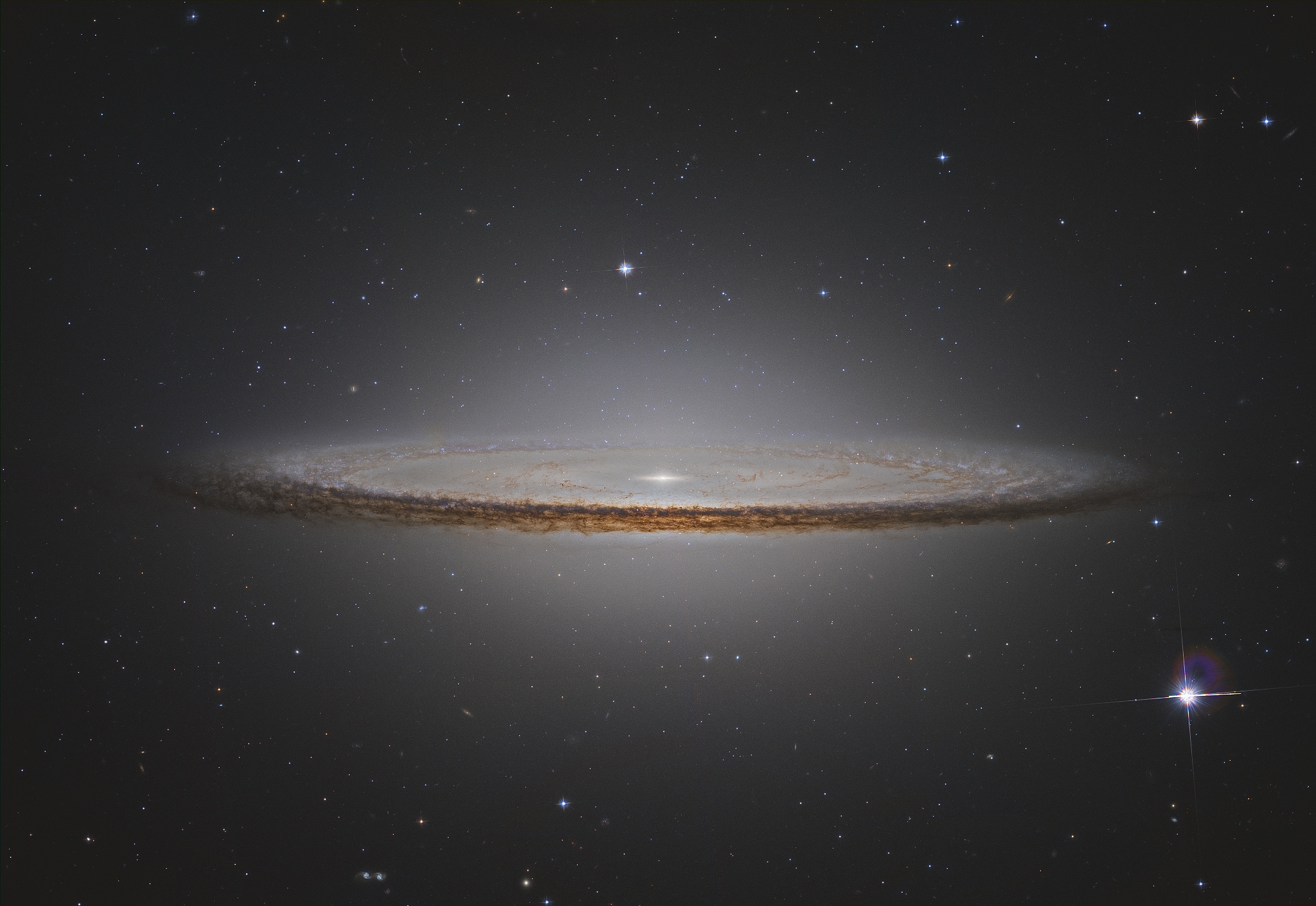Simon Newcomb was born in Wallace, Nova Scotia, Canada on March 12, 1835 to Emily Prince and John Newcomb. Though born in Canada, his parents were of New England descent and his father was a traveling school teacher. As such, Simon received little conventional education but learned much from his father. When Simon was sixteen, he became apprenticed to a quack doctor, Dr. Foshay, and after two years of that became aggravated and walked one hundred and twenty miles from Canada to Maine in order to join his father in New England.
Newcomb became a traveling school teacher like his father, and moved near Washington D.C., where he visited the Smithsonian Institution’s library with regularity. He decided to teach himself mathematics primarily through reading Newton’s Principia. Newcomb moved to the Cambridge in 1857, where he was employed as an astronomical computer at the Nautical Almanac Office.
The American Civil War in 1861 caused many teachers with Confederate sympathies to resign from the United States Navy, and as such Newcomb as invited to fill a vacancy at the Naval Observatory. He then began to essentially force the astronomers at the Naval Observatory organize the way they did right ascension and declination measurements of stars. Whereas before the astronomers tended to pick out random stars for random observations, Newcomb made them follow certain stars and keep meticulous observations throughout both the night and the day. While working for the Naval Observatory, Newcomb disproved the prevalent theory that the minor planets were fragments of a larger planet that had exploded or been shattered due to a collision.
Worried about Hansen’s table, in 1871 Newcomb traveled to Paris to obtain a longer list of observations about the position of the moon from the Paris observatory. He succeeded in obtaining observations from as far back as 1672 and left the city before serious rioting occurred. Newcomb used the observational information to deal with the problem of “fluctuation” between where the moon should be and where it was for the rest of his life and later led to investigations on the variations in the rate of rotation of the Earth.
Newcomb developed new tables and theories of motion of the Sun, the moon, and planets through the main use of Encke’s method, but used Hansen’s for Jupiter and Saturn with his apprentice, G.W. Hill. “Newcomb operators” are used to figure out perturbative action of one planet with an elliptical orbit on another. His measurement of the speed of light was used for a long time as the astronomical standard and he computed the mass of Jupiter from observations of Polhymnia, a calculation that has never been greatly improved on. He also reformed the theoretical and computational basis of American Ephemeris.
Newcomb once claimed that man would never be able to fly due to always having to come back down to the ground (gravity), but this was truly the only great failing of his uncanny foresight. He wrote several books on Astronomy and Mathematics, perhaps most importantly Astronomy for Everybody, which was published in 1902. He did write one science fiction novel, His Wisdom the Defender.
Newcomb died in Washington D.C. on July 11, 1909. President Taft attended his funeral in honor of the greatest American astronomer of his time.
Works Cited:
"Simon Newcomb." Wikipedia. 03 Mar. 2008 .
"Simon Newcomb." Dictionary of Scientific Biography. 9th vol. New York: Charles Scribner's Sons, 1981.


